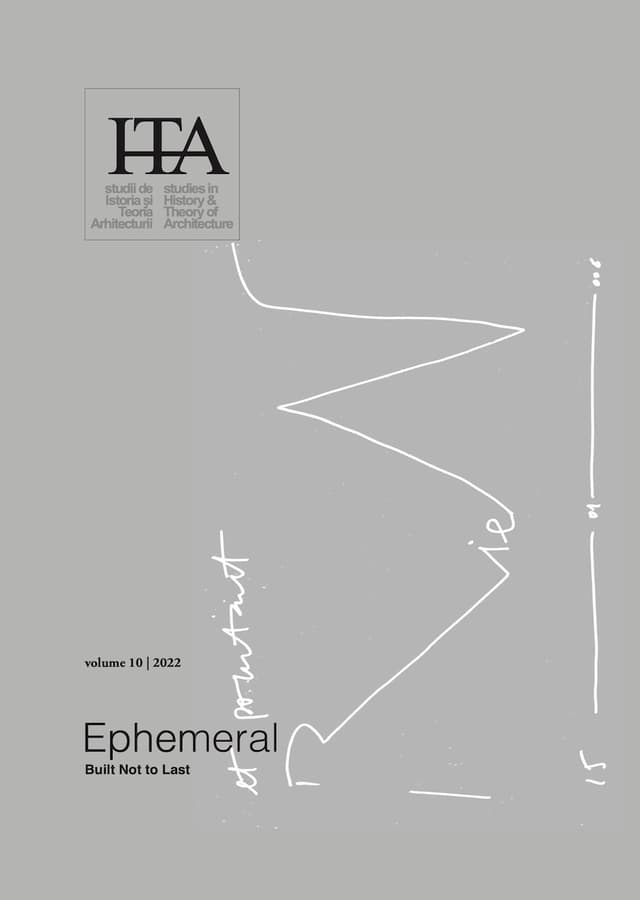Ephemeral Gardens Designed to Last.The Perennial Movement in Landscaping
Ephemeral Gardens Designed to Last.
The Perennial Movement in Landscaping
by
Nicholas Cantoni
&
Róbert Tăslăvan
Keywords
plants
landscaping
garden
perennial
seasons
landscape
While buildings are relatively static parts of cities over time, green landscapes are much more dynamic components, whose durability over time is conditioned by a tedious and constant maintenance work. From this point of view, the development of these spaces is a permanent engagement between the forces of nature and man’s desire to control them through domestication: design, planning and care.
Whether in parks, urban or private gardens, green spaces have always been “light” settlements built with ephemeral planted elements. Therefore, the persistence of planned green spaces is limited in time by plants` life cycle. This includes an annual transition of gardens through all life’s five natural seasons: germination and development (spring), flowering (summer), roadside emergence (early autumn), fall (late autumn) and hibernation (winter).
The paper attempts to approach the concept of ephemeral in architecture by bringing into discussion the Perennial Movement in garden design. It proposes the use of block grouping types and matrices made up of different plant species mixtures, whose compositions are individualized by texture and structure. The results of this cultural movement’s research and practical experiments are gardens that persist in their planned state for many years after planting, with minimal maintenance. As an example, the paper will comment on the gardens designed by the Dutch horticulturist and landscape gardener Piet Oudolf.
Published in

Chicago citation style
DOI:
10.54508/sITA.10.06